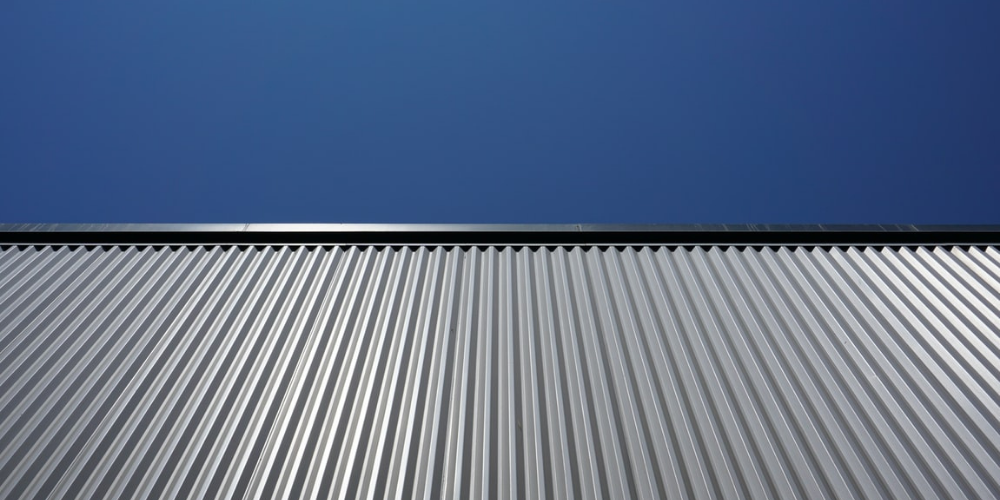WHAT ARE THE BENEFITS OF METAL ROOFING?
Metal roofs have various advantages over other roofing materials such as asphalt and cedar, including a longer life cycle. Metal roofs are resistant to hail, severe rain and snow, as well as high winds. Metal roofs have also been attributed for preventing homes from being destroyed by forest and brush fires. In many regions, insurance companies will provide homeowners up to a 30% discount on their homeowners insurance if they install a metal roof.
Standing-seam roofing, panel roofing, and look-alikes such as tiles, cedar, or slate are all available in three different styles. Standing-seam metal roofs contain enormous ribs that must be connected with crimping or soldering. Panel roofing panels are similar to standing-seam roofing, but they must be screwed down. Metal roofing installations, with the exception of screw-down panels, necessitate particular training.
At first, metal roofs might be three to four times the cost of asphalt or cedar roofs. However, the ordinary asphalt cedar roof will need to be replaced every 15 to 20 years, whereas metal roofs can last up to 60 years, making metal the ideal roofing material.
Another distinction between traditional roofing materials and metal roofing is warranties. Metal roofs can have guarantees of up to 50 years, which is more than four times as long as regular roofing materials. Premium asphalt roofs often have warranties of 12 to 20 years.
Another advantage of metal roofs is that they are extremely well insulated, lowering both air conditioning and heating costs. Despite all of these advantages, many homeowners are apprehensive to have a metal roof built on their homes due to their homeowners associations and the covenants and regulations that govern them.
Metal roofs come in a wide range of shapes, colours, and finishes, with many of them resembling other roofing materials such as cedar shake, slate, asphalt shingles, and clay tiles, ensuring that even the most authoritarian homeowners associations will be satisfied.

